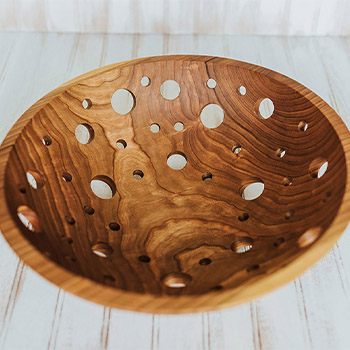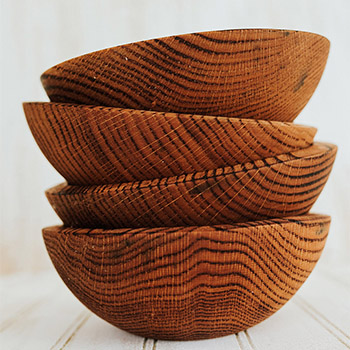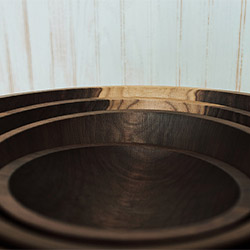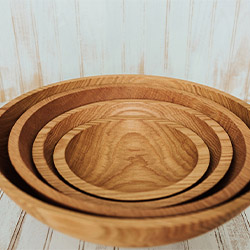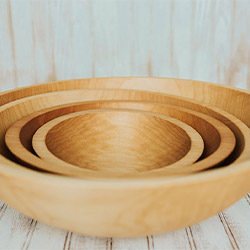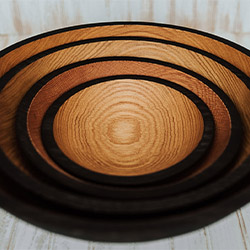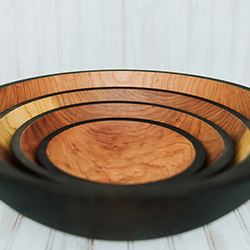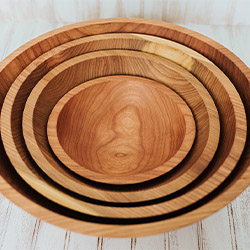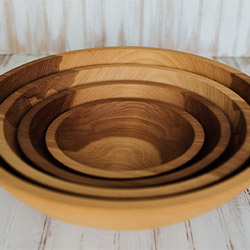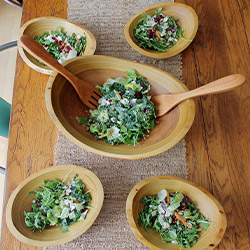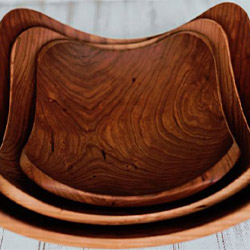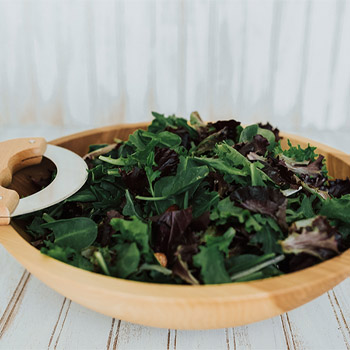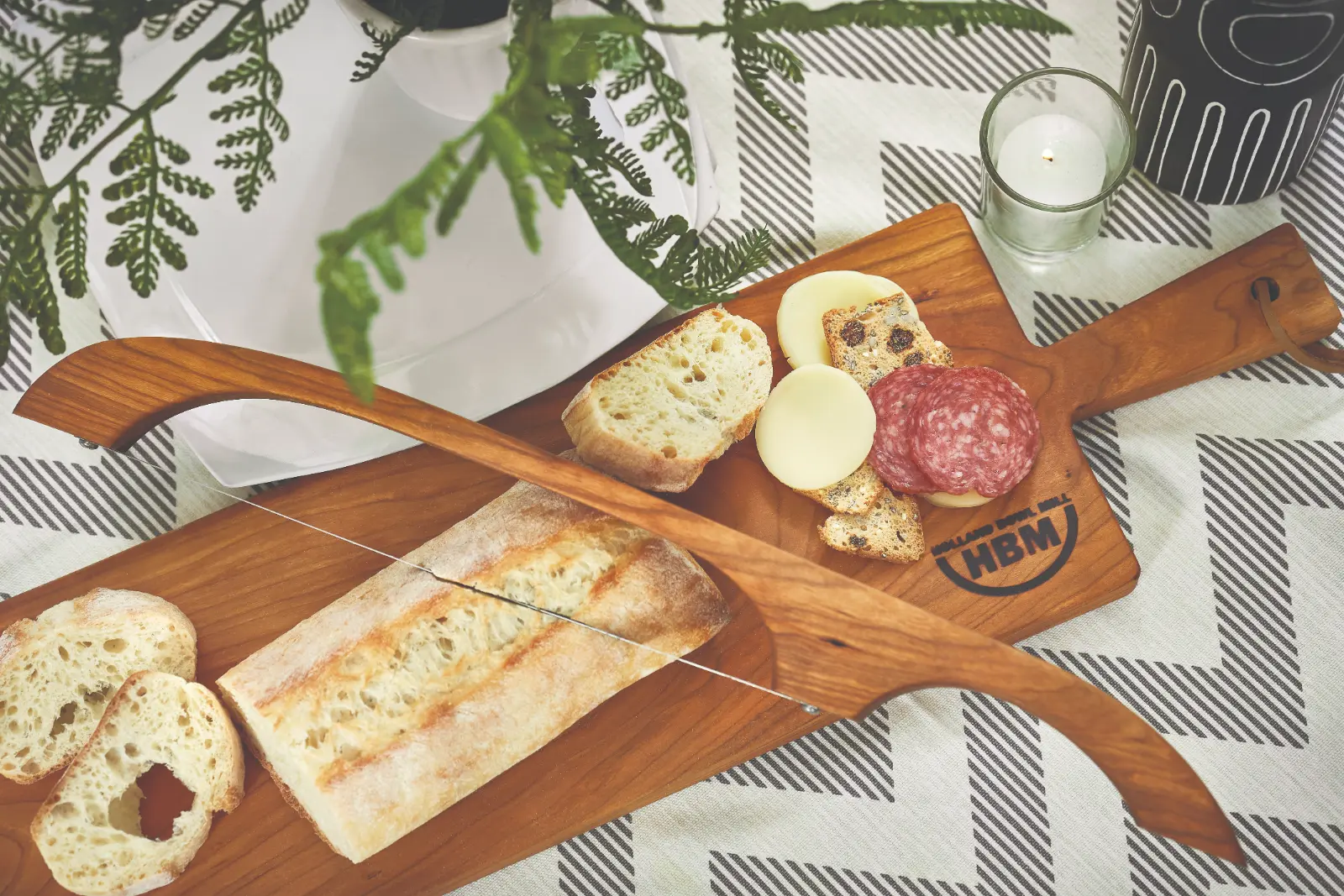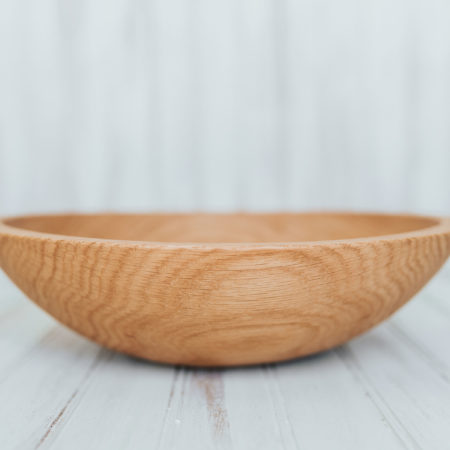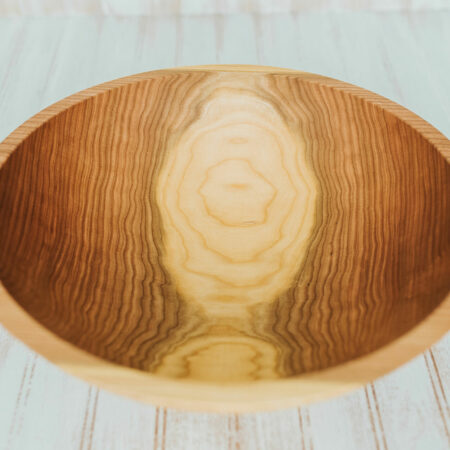When it comes to food prep, safety and quality are paramount. Think about the last time you used a plastic cutting board and noticed deep grooves in your knife. Ever wondered what could be lurking in those crevices?
Handcrafted wood cutting boards not only offer a beautiful and natural surface for food prep, but they also provide a safer and more hygienic option. But what makes these wooden boards the superior choice for your kitchen?
Key Takeaways
Wood Properties and Food Safety
When selecting wood for food prep, it’s essential to consider specific properties that ensure safety and hygiene. Wood sanitation is a critical factor in preventing contamination and promoting food safety. Unlike other materials, wood has natural antimicrobial properties, making it a safe choice for food handling. Its porous nature allows wood to absorb bacteria, drawing it away from the surface, where it eventually dies. This makes wood a preferred option for cutting boards and utensils, as it actively works to keep food safe.
Proper wood sanitation is crucial to maintain its food-safe properties. It’s recommended to clean wooden cutting boards and utensils with hot, soapy water after each use, followed by a thorough rinse and air drying. Additionally, it’s important to regularly sanitize wood surfaces with a solution of one part vinegar to four parts water or a mild bleach solution to ensure any lingering bacteria are eliminated. This routine maintenance is essential to uphold the hygienic properties of the wood.
When it comes to food handling, wood’s natural ability to inhibit bacterial growth makes it a suitable choice for food preparation. However, it’s important to note that not all wood is created equal. Certain types of wood, such as bamboo, are more resistant to moisture and less prone to cracking, making them a more hygienic option for food prep. Understanding the properties of different types of wood is crucial in making an informed decision for safe and hygienic food handling.
Natural Antibacterial Qualities
Wood possesses natural antibacterial qualities that contribute to its suitability for food handling and preparation. This makes it an excellent choice for maintaining a hygienic food preparation environment.
Here are three reasons why wood’s antibacterial qualities make it a great option for food prep:
- Health Benefits: Wood contains natural compounds, such as tannins and phenols, which have been found to exhibit antibacterial properties. These compounds can help inhibit the growth of harmful bacteria on wooden surfaces, reducing the risk of food contamination and promoting better food safety. By choosing wood for food prep, you can enjoy the health benefits of a natural antibacterial surface.
- Natural Beauty: In addition to its antibacterial properties, wood’s natural beauty adds to its appeal in food preparation. The warm and inviting aesthetic of wood can enhance the overall dining experience, making it an attractive choice for both home and professional kitchens. Incorporating wooden cutting boards, utensils, and serving platters not only contributes to a safer food preparation environment but also adds a touch of natural elegance to your kitchen.
- Sustainable and Eco-Friendly: Opting for wood in food preparation aligns with sustainable and eco-friendly practices. Wood is a renewable resource, and when sourced responsibly, it can support environmental conservation efforts. Choosing handcrafted wood for food prep allows you to embrace a natural, antibacterial material while making a positive impact on the planet.
Proper Maintenance and Cleaning
Proper maintenance and cleaning of handcrafted wood for food prep is essential to ensure its longevity and hygienic properties. Preventing warping and drying out is crucial in maintaining the quality of your wooden food prep surfaces. Wood is susceptible to changes in moisture and temperature, so it’s important to keep it conditioned and well-cared for.
Choosing the right oils is paramount in preserving the wood and preventing it from drying out or cracking. Mineral oil and food-grade cutting board oils are excellent choices for conditioning wooden surfaces. These oils help to maintain the moisture content of the wood, preventing it from becoming overly dry and susceptible to damage.
When it comes to cleaning, using gentle cleaning methods is key to preserving the wood and its natural antibacterial properties. Avoid harsh chemicals that can strip the wood of its protective oils and compromise its integrity. Instead, opt for mild dish soap and warm water, ensuring thorough drying after cleaning to prevent moisture from lingering on the surface.
Regularly oiling and cleaning your handcrafted wood surfaces not only maintains their appearance but also ensures that they remain safe for food preparation. By following these maintenance and cleaning practices, you can enjoy the beauty and functionality of handcrafted wood in your kitchen for years to come.
Resistance to Knife Marks
When choosing a cutting board, it’s important to consider its resistance to knife marks. A durable wood surface can minimize damage from knives, keeping your cutting board in good condition for longer.
This resistance to knife marks also helps maintain a safe and sanitary food prep surface.
Durability Against Knives
Resisting knife marks, handcrafted wood cutting boards demonstrate exceptional durability, making them a reliable choice for food preparation.
When it comes to durability against knives, handcrafted wood cutting boards offer several advantages:
- Less Knife Wear: The natural hardness and density of handcrafted wood make it resistant to deep knife marks, ensuring longevity and reducing the need for frequent knife maintenance.
- Self-healing Properties: Handcrafted wood has the ability to absorb and release moisture, allowing it to naturally repair superficial knife marks over time.
- Reduced Risk of Bacteria Trapping: Unlike plastic cutting boards, the natural properties of handcrafted wood make it less prone to developing deep grooves where bacteria can hide, promoting a safer food prep environment.
With their ability to withstand the rigors of knife use, handcrafted wood cutting boards are a durable and reliable choice for your kitchen.
Minimizes Cutting Board Damage
To minimize cutting board damage and resist knife marks, handcrafted wood cutting boards offer exceptional durability and longevity for your food preparation needs. The natural density and strength of wood make it resistant to knife marks, ensuring that your cutting board maintains a smooth surface over time.
Proper knife maintenance is essential for minimizing the impact on your cutting board. Keeping knives sharp reduces the likelihood of gouging the wood fibers, which helps in preserving the board’s surface. Additionally, regular cutting board care, such as oiling and cleaning, contributes to its longevity and resistance to knife marks.
Low Impact on Knife Blades
Crafted from dense hardwoods such as maple or walnut, safe handcrafted wood cutting boards are designed to minimize wear on knife blades. Here’s how they achieve this:
- Gentle on Blades: Unlike harder materials like glass or stone, wood cutting boards absorb the impact of the knife, protecting the blade’s sharpness and integrity. This gentler cutting surface reduces the frequency of blade sharpening and prolongs the lifespan of your knives.
- Self-Healing Properties: Wood has natural properties that allow it to absorb and release moisture. This means that small cuts and scratches made by knife blades are less likely to become permanent, as the wood fibers can swell and close up minor incisions over time. This self-healing nature keeps the cutting surface smooth and minimizes the potential for bacteria to thrive in cuts and grooves.
- Reduced Dulling: The forgiving nature of wood cutting boards reduces the force required to cut, chop, and slice, leading to less impact on the knife’s edge. This decreased resistance during cutting helps to maintain the sharpness of the blade for longer periods, ultimately saving you time and effort in knife care and maintenance.
Food-Safe Finishes and Sealants
As you explore ways to maintain the longevity of your handcrafted wooden cutting board, it’s essential to consider the impact of food-safe finishes and sealants on both the board’s durability and its ability to safeguard your knife blades. When it comes to application methods, food safety is of utmost importance. Look for finishes and sealants that are explicitly labeled as food-safe and ensure they’re applied according to the manufacturer’s recommendations to maintain their integrity.
Non-toxic options for wood finishes are widely available and offer excellent protection for your cutting board. Look for finishes that are specifically formulated for food-prep surfaces and are free from harmful chemicals. Beeswax and mineral oil are popular choices as they provide a natural, food-safe barrier that helps to prevent the wood from drying out and becoming susceptible to damage.
When applying these finishes, ensure that the wood surface is clean and dry. Use a clean cloth to apply the finish in the direction of the wood grain, allowing it to penetrate the wood for maximum protection. Multiple thin coats are often more effective than a single thick coat, as they allow for better absorption and a more durable finish.
Sustainable and Eco-Friendly Choice
When choosing handcrafted wood for food preparation, it’s important to consider sustainable and eco-friendly options.
By opting for wood sourced from eco-friendly materials, you can support renewable wood resources and minimize environmental impact.
Making an informed choice about sustainable materials can contribute to a healthier planet and a more sustainable food prep process.
Eco-Friendly Material Source
For an eco-friendly material source when selecting safe handcrafted wood for food prep, prioritize sustainably sourced options to minimize environmental impact. Sustainable sourcing of wood offers numerous environmental benefits, such as:
- Reduced Deforestation: By choosing wood from sustainably managed forests, you contribute to the preservation of natural habitats and biodiversity.
- Carbon Sequestration: Wood from sustainably managed forests helps to store carbon, thereby mitigating climate change.
- Renewable Resource: Opting for wood from responsibly managed sources supports the replenishment of the world’s forests, ensuring a continuous supply for future generations.
When you choose handcrafted wood for food prep, selecting materials from sustainably managed sources not only ensures the safety and quality of the wood but also aligns with your desire to make environmentally conscious decisions.
Renewable Wood Resources
Wondering how to make an environmentally conscious choice for safe handcrafted wood for food prep? Consider opting for renewable wood resources, a sustainable and eco-friendly choice that offers numerous benefits for both your health and the environment.
Sustainable forestry ensures that the wood is sourced in a responsible manner, promoting the long-term health of forests. By choosing products from sustainably managed forests, you contribute to the conservation of biodiversity, the protection of water quality, and the mitigation of climate change. Additionally, using renewable wood resources supports local economies and communities that depend on forests for their livelihoods.
It’s important to look for certifications such as the Forest Stewardship Council (FSC) to ensure that the wood products you choose come from sustainably managed forests, thus maximizing the environmental benefits of your purchase.
Low Environmental Impact
Considering the benefits of sustainable forestry for renewable wood resources, it’s important to understand the low environmental impact of choosing handcrafted wood for food prep. When you opt for handcrafted wood for food prep, you’re making an eco-friendly choice with several environmental benefits:
- Sustainable Practices: Handcrafted wood products are often sourced from sustainably managed forests, promoting responsible forestry practices and biodiversity conservation.
- Reduced Carbon Footprint: Using handcrafted wood minimizes the environmental impact compared to plastic or metal alternatives, as wood is biodegradable and renewable.
- Eco-Friendly Production: Handcrafted wood products typically involve minimal processing and energy consumption, contributing to lower emissions and resource conservation.
Review
When considering materials for food prep, safe handcrafted wood offers natural antibacterial qualities, resistance to knife marks, and low impact on knife blades.
With proper maintenance and cleaning, along with food-safe finishes and sealants, it’s a sustainable and eco-friendly choice.
By choosing safe handcrafted wood for food prep, you can ensure a safe and enjoyable cooking experience while also supporting a more sustainable and environmentally friendly option.

